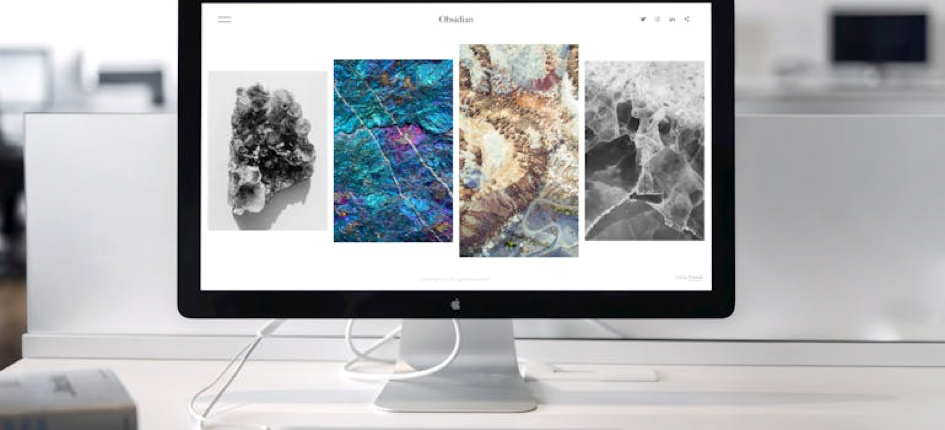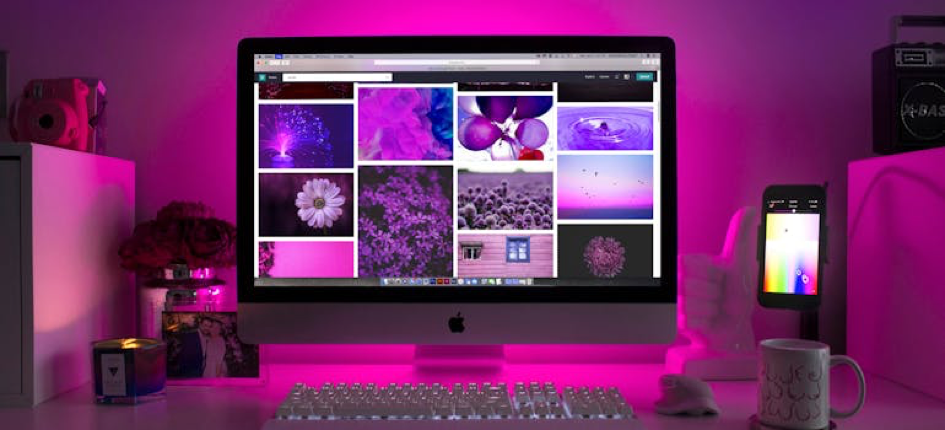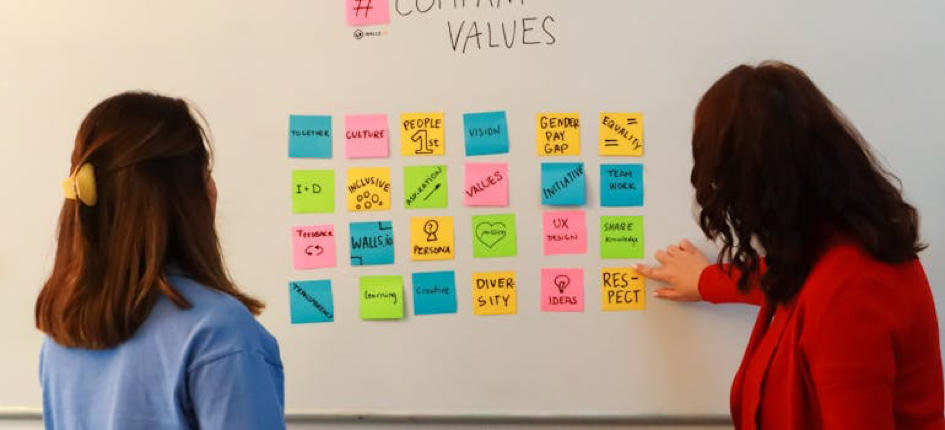
The aesthetically pleasing design of your website is more than mere visual charm. On the contrary, visual elements have a profound psychological influence, molding user perceptions and interactions. They significantly impact user experience, brand identity, and engagement. So, let’s explore the power of visual aesthetics in website design through scientific insights, real-world examples, and actionable advice.
The Science Behind Aesthetic Appeal
Aesthetic appeal in design is intricately linked to human psychology and design systems. Color psychology reveals how different hues elicit specific emotions. For instance, warm tones like red evoke passion and excitement, while cool tones like blue induce calmness and trust. Understanding these psychological cues allows designers to evoke desired emotions and responses from users strategically.
Moreover, cognitive theories, such as Gestalt principles, elucidate how our brains naturally seek patterns and symmetry, making designs with balanced proportions more visually pleasing. They enable designers to create visually harmonious compositions that resonate deeply with audiences. For example, websites that employ Gestalt principles in layouts often provide a seamless and intuitive user experience, enhancing engagement and satisfaction.
That is why the visual aspect of creating an engaging and effective website matters. However, finding the right combination for your brand is not always easy. Here’s where design systems can be a great help. They encompass the rules and components that guide consistent and cohesive visual experiences across a website. By integrating these principles, designers can harness the subconscious reactions triggered by aesthetics to create immersive and engaging user interfaces.

The Impact of Aesthetic Design on User Engagement
The visual appeal of a website influences users’ initial perceptions and engagement levels. Aesthetic design shapes users’ first impressions – studies suggest that visitors judge a website’s credibility within milliseconds based on its visual appearance. So, a visually appealing layout can captivate users, encouraging them to explore further and spend more time on the site.
Additionally, an aesthetically pleasing design is more likely to be perceived as trustworthy and professional, instilling confidence in users and increasing the likelihood of conversion. It enables you to make a memorable first impression on visitors and foster long-term engagement and loyalty.
Enhancing User Experience
Aesthetic design directly contributes to the overall user experience, ensuring seamless website interaction and navigation. Aesthetic elements such as intuitive layouts, effective landing page designs, visually pleasing graphics, and clear typography enhance usability by guiding users effortlessly through the site. Prioritizing aesthetics allows you to create an environment that fosters engagement and reduces friction in user interactions.
The aesthetic design also promotes positive emotional responses, creating a more enjoyable and memorable browsing experience. Implementing design principles prioritizing user-centric aesthetics can increase satisfaction, decrease bounce rates, and increase conversion rates. This approach elevates websites from functional to delightful.
Leveraging Aesthetic Design for Brand Recognition
Consistent visual elements, such as logos, color schemes, and imagery, create a cohesive brand image that resonates with audiences and fosters brand recognition. Integrating brand elements into the website’s design helps you reinforce their unique identity and differentiate themselves from competitors.
How does it look in practice? Consider designing a website for a moving company for a moment. Incorporating moving truck imagery and using vibrant colors to symbolize energy and efficiency would be a good idea. It would also be best to use clear typography to reflect professionalism and reliability. In short, design solutions for moving companies should align aesthetics with their brand values and personality. That helps strengthen brand identity, instill customer trust, and cultivate long-term relationships.

The Impact of Aesthetic Design on User Interaction and Conversion Rates
Aesthetically pleasing visuals captivate users’ attention, encouraging prolonged interaction and exploration of content. By creating visually appealing interfaces, you can entice users to stay longer on your website, increasing opportunities for conversion. In addition, cohesive design elements instill confidence and trust in users, prompting them to take desired actions such as purchasing or filling out a contact form.
For instance, implementing design solutions for an e-commerce business homepage may include a strong visual hierarchy. Easy-to-see and compelling call-to-action buttons encourage users to browse products or make a purchase. Along with high-quality product images, intuitive navigation menus, and visually appealing product displays, this can make a tremendous difference in a website’s effectiveness and conversion rates.
Optimizing Websites for Search Engine Visibility
Visuals impact search engine optimization (SEO) efforts and enhance website visibility. When you strategically incorporate visuals into website design and optimize them for SEO, you can improve your brand’s online visibility and attract more organic traffic. So, these elements can improve user experience, increase engagement, and boost website rankings on search engine results pages (SERPs).
Key points to consider include:
- Image optimization: Optimize images with descriptive filenames, alt text, and appropriate tags to improve accessibility and help search engines understand the content.
- Visual content diversity: Incorporate diverse visual content such as images, videos, infographics, and diagrams to enhance user engagement and encourage longer time spent on the site, signaling search engines that the content is valuable.
- Site speed optimization: Properly optimized visual elements contribute to faster page loading times, a crucial ranking factor for search engines.

Enhancing User Experience Across Devices
Mobile responsiveness in visual design has a significant impact on user experience. With the increasing use of smartphones and tablets for browsing, ensuring that websites adapt seamlessly to different screen sizes is paramount. Businesses across various industries benefit significantly from mobile responsiveness, from e-commerce to travel to food delivery.
For example, e-commerce websites must provide a smooth shopping experience on mobile devices to cater to the growing number of mobile shoppers. Similarly, travel websites must offer intuitive navigation and visually appealing interfaces to users planning trips on their smartphones. So, by prioritizing mobile responsiveness in visual design, you can enhance user experience, reduce bounce rates, and improve overall engagement across all devices. As a result, you encourage greater customer satisfaction and retention.
Unlock the Impact of an Aesthetically Pleasing Design
The transformative power of aesthetics in website design is undeniable. From influencing first impressions to fostering brand identity and boosting conversions, aesthetics often shape user experiences. By understanding the science behind aesthetic appeal and designing your website with these principles, you can create visually captivating websites that engage users across devices. So, don’t hesitate to create an aesthetically pleasing design for your website and elevate your online presence and user experience.